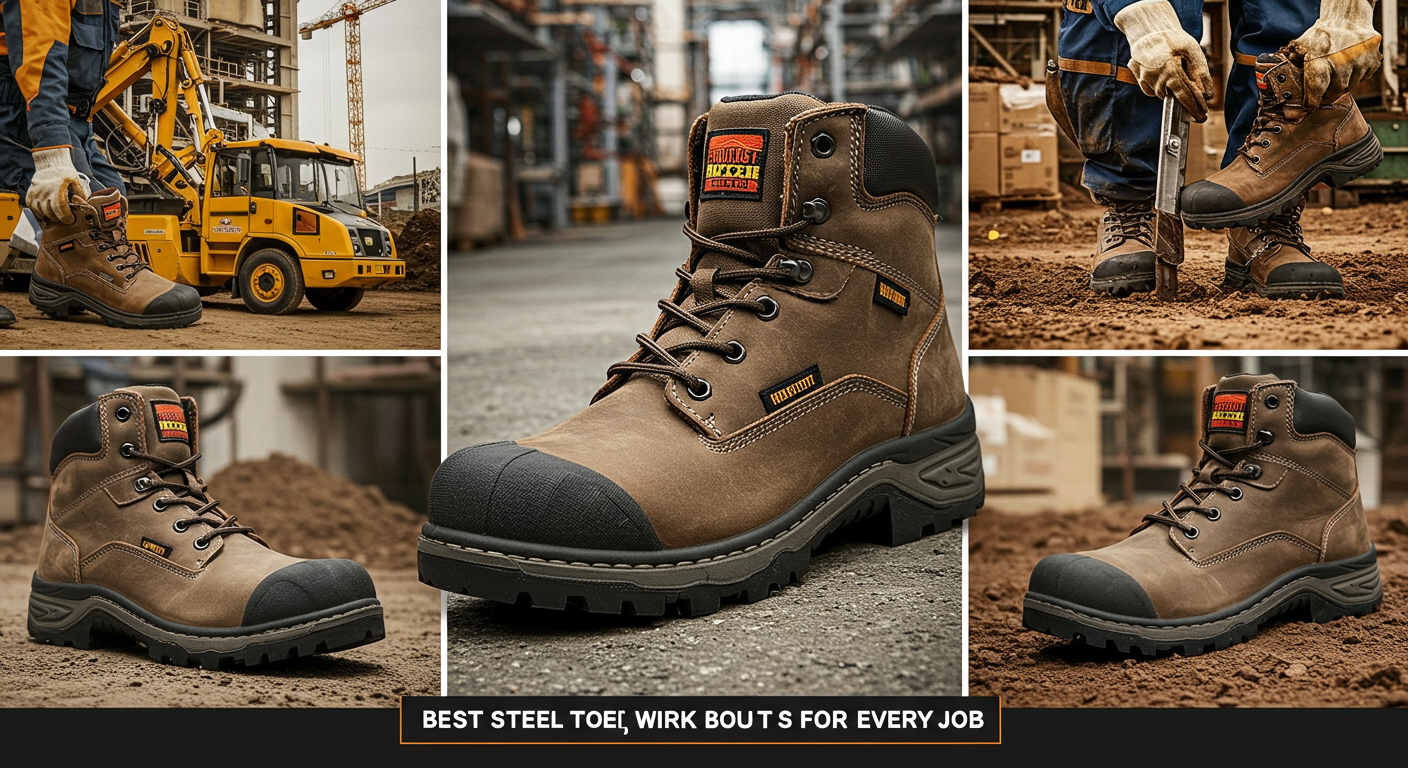
Best Steel Toe Work Boots: Durable Protection for Every Job
When it comes to workplace safety, steel toe work boots
Whether you’re working in construction, manufacturing, warehouses, or even hospitals, one thing is clear: safety shoes are non-negotiable. They’re not just part of your uniform they’re a key part of your protection.
In this comprehensive guide, we’ll walk you through everything you need to know about safety shoes from their purpose, features, to how to choose the best pair for your job.
Safety shoes are specially designed footwear that protects your feet from various workplace hazards such as:
They are often required in industries like construction, logistics, engineering, healthcare, and more.
Modern safety shoes go beyond just steel toes. Here’s what to look for:
If your job involves physical labor or a hazardous environment, you most likely need them. Industries that require safety shoes include:
Finding the perfect pair of safety shoes depends on your role and work environment. Here are tips to guide you:
Looking for a solid pair? Here are trending options:
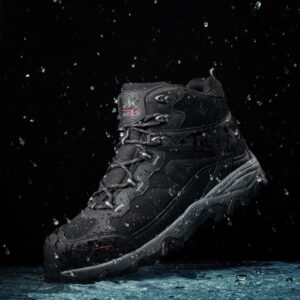
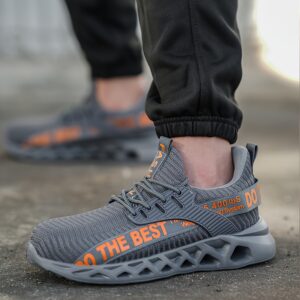
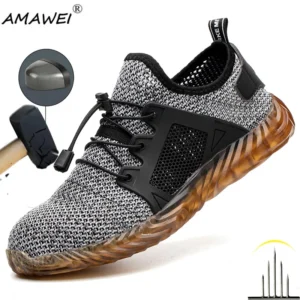
Investing in the right safety shoes means investing in your own health, comfort, and productivity. Whether you’re on a construction site or factory floor, your feet deserve solid protection.
Don’t wait for injuries to happen. Start with the right footwear.
Shop the best safety shoes today at Footlynx.com where style meets workplace protection.

When it comes to workplace safety, steel toe work boots

When it comes to workplace safety, one of the most

When most people hear the term women’s orthotic shoes, they
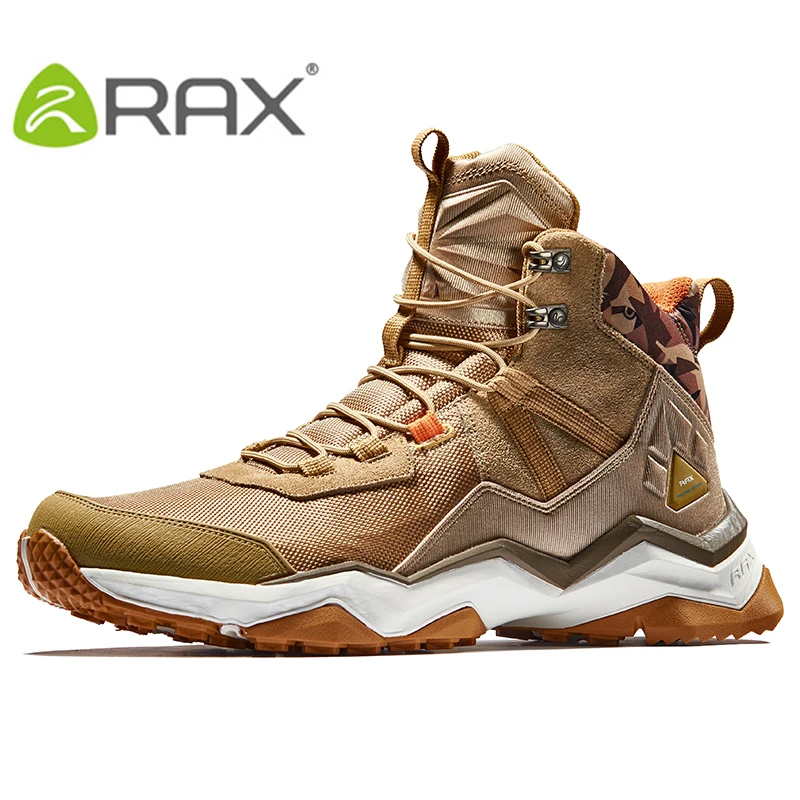
Steel toe hiking boots aren’t just for mountaineers or avid
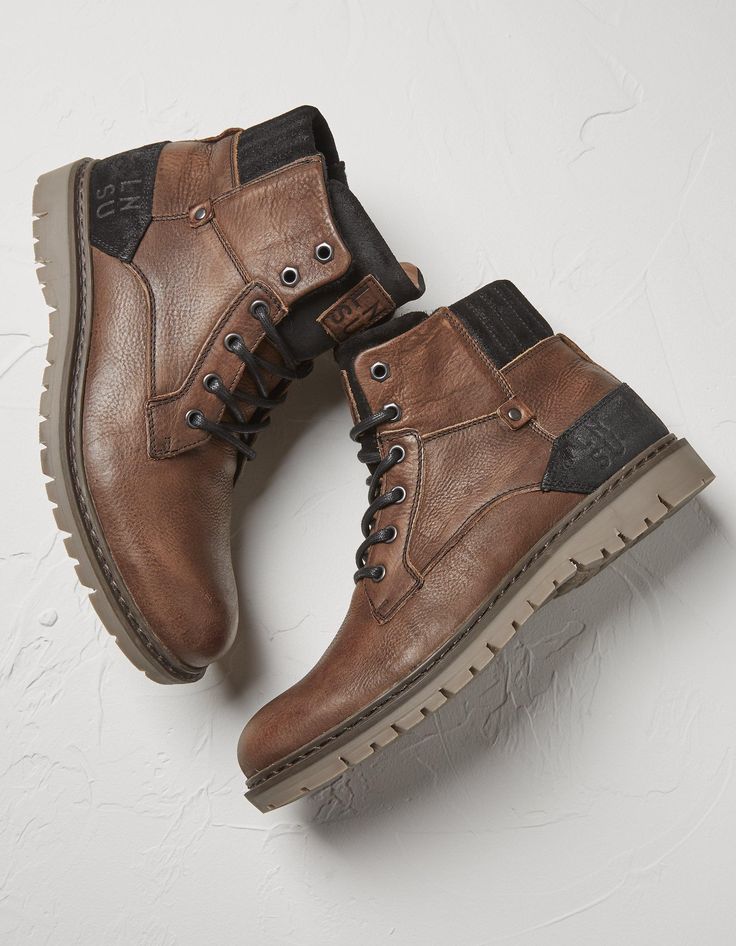
When it comes to work, the right shoes can make